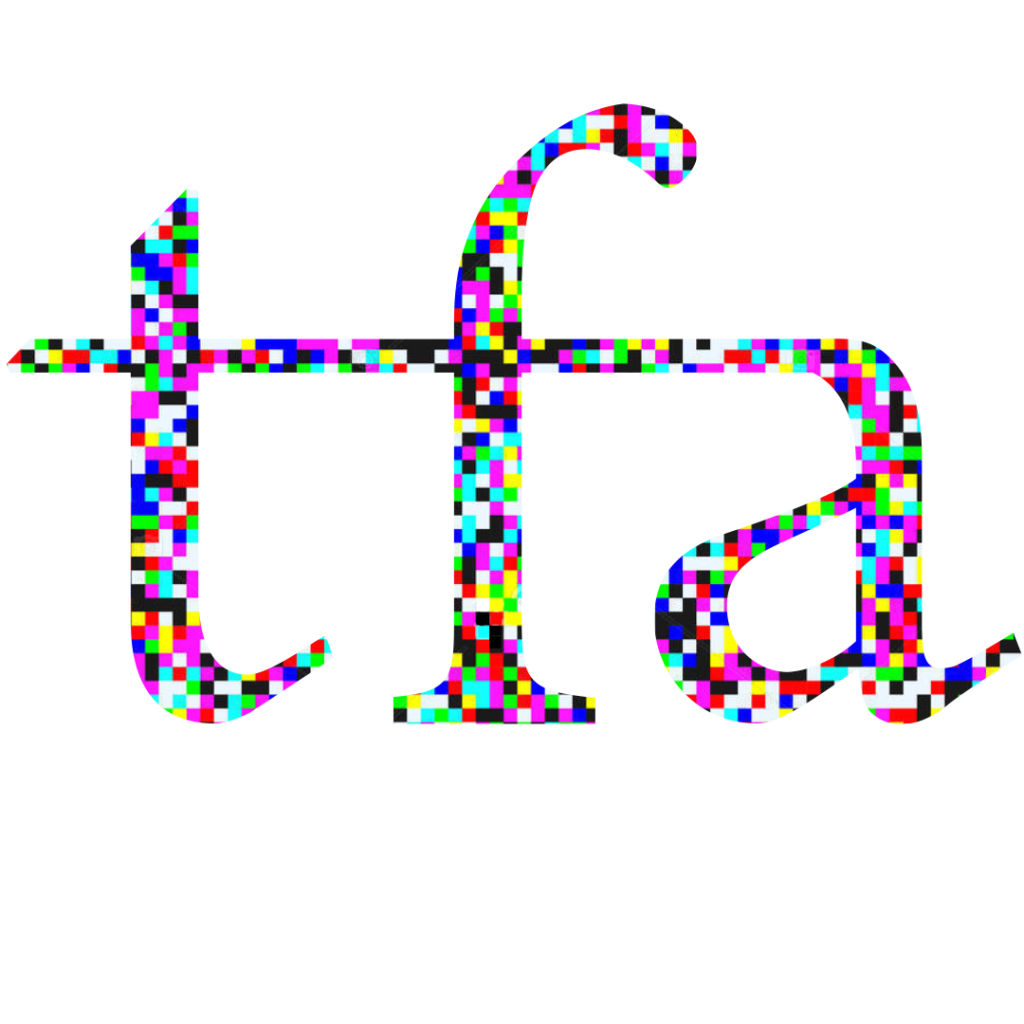TFATOOLS
Keywords: invention, imagination, utopia, solution, tool, strategy
imagining changes reality
Among the most prevalent evocations in the contemporary imagination, we find the ideas of collapse, ending, the extinction of our species, the destruction of our living environment, which many confuse with the destruction of the planet. TFA works on the idea of saving everyone. There is an ability in we Sapiens that has got us through collapses and crises throughout our existence. All that can save us this time too is the imagination, and it has to do with the possibility of inventing other solutions, tools, strategies. Imagining changes reality. Imagining implies designing. The question is simple: what will be the tools for after?

Spider silk violin
Category: Musical instrument
Designer: Luca Alessandrini
Production: Fibreacoustics s.r.l., Massimo Ardoli
Year of production: 2019
This instrument is one of a second series of violins made out of a silk composite material. It is made out of different layers of silk in differently woven structures that imitate the structure of a traditional wooden violin. The new technological approach used to create this prototype was patented in June 2016. This has allowed for the maximising of the acoustic properties of the materials as this has never been done before. Silk, for example, was found to be, acoustically, a high-performance material. One of the early prototypes that was produced contains three spider-silk strands 35cm in length spun by an Australian Golden Orb Weaving Spider and donated by the Oxford Silk Group (OXFORD UNIVERSITY). This spider-silk is 5 times stronger than steel and, at the same time as being one of the strongest biomaterials in the world, it is extremely elastic. The principle behind this experiment is that once these fibres are worked, using their tensile strength, they can increase the rigidity of a composite material with a minimal addition of weight. The result, from an acoustic point of view, has been defined by some luthiers, as a "miracle“.

Touch Glove
Category: Glove for astronauts
Designers: Francesca Parotti, Marts Design Team, ISIA (Higher Institute for Artistic Industries) Firenze
Production: Prototipe
Year of production: 2022
Touch Glove is a wearable device which can improve the HMI in confined environments, along with the VR, through two main adjustable features: a system that checks rapid gestures, activated by detection of movement and position in real time; and an haptic system of human feedback of tactile sensations. The design of the device can provide continuous feedback, which is dynamic and variable, and this allows the user to distinguish between different objects. It provides a better spatial and temporal resolution, giving more realistic sensory feedback and allowing immersion in environments in which it is necessary to protect the body. This device uses Artificial Intelligence equipped with a thermoscanner and pressure sensors which can record, understand, and code human movements with the variations of the blood flow and the scanning of the objects touched.

CR-BR, Carbon Remover Bioreactor
Category: Air purifier
Designers: Francesca Parotti, F. Viciani, Marts Design Team, ISIA (Higher Institute for Artistic Industries), Firenze
Production: Prototipe
Year of production: 2020
CR-BR, a Carbon Remover Bioreactor, is a photobioreactor for the cultivation of microalgae, devised for the purification of the air within space vehicles. Its operation has a double goal: the breakdown of CO2 emissions and the production of super foods (e. g. Spirulina); it is intended for space vehicles and initial colonies on Mars, where the purification of the air, together with the supplying of food, are aspects of primary importance, but also an ambitious challenge. The technology underpinning the functioning of CR-BR also allows conversion for use on earth, where the aim is to break down the CO2 emissions produced by the combustion of natural gas in combustion boilers both in public and private environments.

Carapace Vidiam
Category: Mask
Designer: MHOX (Filippo Nassetti e Alessandro Zomparelli)
Production: CRP Group 3D Printed with Windform materials
Year of production: 2015
Inspired by the exoskeletons of insects and crustaceans, Carapace masks are composed of rigid elements that integrate and transform the structure of the head in relation to the senses. The Vidiam mask is the fossil evolution of sight; possible transformation is brought about by the pressure of an overexposed environment and the need for protection through concealing the identity. The pattern is controlled with a computerised simulation in order to differentiate densities throughout the volume. Stepping away from the mainstream futuristic paradigm of smooth surfaces and transparency, pure shapes and abstractions, Audiam proposes a radical alternative and a different scenario for the aesthetics of technology and its interface with the human.

Carapace Audiam
Category: Mask
Designer: MHOX (Filippo Nassetti e Alessandro Zomparelli)
Production: CRP Group 3D Printed with Windform materials
Year of production: 2015
Inspired by the exoskeletons of insects and crustaceans, Carapace masks are composed of rigid elements that integrate and transform the structure of the head in relation to the senses. Covering the side of the head and the ear, Audiam explores the evolution/ enhancement of the hearing sense through material augmentation. The mask looks alien, yet integrated with the human body, its personalised shape relates to the size and shape of the individual head, whose data is integrated into the design process via digital scanning. The pattern is controlled with a computerised simulation in order to differentiate densities throughout the volume. Stepping away from the mainstream futuristic paradigm of smooth surfaces and transparency, pure shapes and abstractions, Audiam proposes a radical alternative and a different scenario for the aesthetics of technology and its interface with the human.

THE GROWING LAB / MYCELIA
Typology: Mycelium based materials and artefacts
Designer: Officina Corpuscoli / Maurizio Montalti
Production: Biofabricated by means of fungal fermentation
Year of realisation: 2014
The Growing Lab / Mycelia (2013-ongoing) is an artistic research project investigating and reflecting upon opportunities for the establishment of active relations and thorough cooperation among human and non-human agents (i.e. fungal microorganisms).
The project tackles a very urgent issue characterising collective communities worldwide; namely, waste generation and the connected environmental impact originated by human activities, the depletion of limited resources, the multitude of disposable industrial products and the associated consumers’ behaviour.
By employing fungal mycelium - the vegetative body of mushrooms - as main transformative and cohesive agent for valorising organic residues deriving from other production processes, the project allows for the creation of visionary narratives through tangible artefacts.
Functioning as conversational pieces, such unique artefacts open the gate to critiques and reflections related to eco-systemic interdependence, production methodologies, regenerative systems, the advent of responsible biofabricated materials, and all further deriving implications within the design and architectural practices.
Moving beyond traditional production tools and methods, The Growing Lab / Mycelia introduces a radical paradigm shift, focusing on care-driven processes of organic cultivation and growth, to explore the fine balance existing between the roles of the (human) individual and the one of the non-human agents, within the relational complexity characterising the dynamic ecosystem we all are part of.

WAVE
Category: ACOUSTIC MYCELIUM PANELS
Designer: Mogu s.r.l.
Production: Mogu s.r.l.
Year of production: 2015
Mogu Wave acoustic panels are soft, ethereal wall panels that evoke the sensation of wandering through hills covered in fresh snow. The visual softness and sound-reducing properties of Mogu Wave enhance comfort, resting the mind on both visual and acoustic sensory levels. Mogu Acoustic modules are made from soft, foam-like mycelium material and upcycled textile residue. Thanks to the unique technology, Mogu Acoustic panels represent today’s most sustainable solution dedicated to acoustic comfort. They are 100% circular products, with an extremely stringent manufacturing cycle, and are characterised by a unique velvety finish and a 3D form, to maximise sound absorption.

Kite
Category: ACOUSTIC MYCELIUM PANELS
Designer LUCA ALESSANDRINI
Production: Mogu s.r.l.
Year of production: 2016
Light and sound are two invisible elements of our everyday environments. The Kite panel is inspired by the interplay between light and the white surface of the mycelium material. The geometric folds create a visual pattern through shadows and highlights, in playful contrast with the softness of Mogu materials.

Vérabuccia®
Category: new bio-based materials from fruit peel.
Designer: Francesca Nori
Production: Fabrizio Moiani
Year of production: 2022
Using the skin of fruit rather than that of animals in a Made-in-Italy, circular and plastic-free process is the basis of the idea, now a reality, of the designer and entrepreneur Francesca Nori. After graduating in 2017, she embarked on a long journey starting from the study of the pineapple, and generated, thanks to the support of an Italian chemical company and to the production skills of Fabrizio Moiani, an innovative (patented) production process, capable of transforming unused waste, such as peels, into aesthetic, functional materials that are stable over time. They are identified with the name of Vérabuccia®. The peculiarity of the materials is in the production process, which, compared to that of other materials designed as substitutes for leather, allows the material to maintain the visual appearance of the peel, operating without flattening or transforming the aesthetics of the initial vegetable product. The first success, Ananasse, starts from the pineapple to achieve a material with a scaly surface similar to that of a reptile. The goal is to expand into the recovery of other types of vegetable peel as well.

Macrobiotic puffed snacks
Category: Bioplastics
Designer Prof. Nitzan Cohen, Design Friction Lab
Production Prototipe
Year of production: 2018 - 2022
The InnoCell project investigates the production and uses of Microbial Cellulose (MC) - a type of cellulose generated through fermenting organic matter through the action of a symbiotic colony of bacteria and yeasts (SCOBY). Starting from an existing initiative located in the South Tyrol, this interdisciplinary project suggests circular and more resilient local production prospects by exploring the states and properties of MC and proposing a wide range of new and innovative applications, from nutritious foods to packaging solutions, and overall enhanced circularity. The project highlights a possible micro/macro production system which exploits a local resource (agricultural food waste) through microbial intervention and aims at creating local resilient production processes.

Biomaterials for architecture
Category: Biomaterials, Video
Designer: Selenia Marinelli
Production:Produced by the Designer
Year of production: 2023
What if our future cities could embed the "uncanny" as a new aesthetic value? What if we could embrace a new perspective in which we support alternative ways of building-material production, based on the cycles of life, death and (bio)degradation of biological matter? My research, through hands-on activities of biofabrication, aims to promote new forms of cohabitation, starting from a reflection on the materials which "inform" our spaces and mediate our experiences. The bacterial cellulose samples grown from a SCOBY (symbiotic culture of bacteria and yeasts) become a means to describe a co-creation process and a model of multispecies cooperation. Starting from the creation of a habitat in order for the non-human to proliferate, the kombucha needs several weeks to grow and produce a biofilm; constant monitoring is necessary to ensure its growth. A “death ritual”, entailing/bringing about the contamination of the culture, was necessary to block further growth and harvest the biofilm. The samples are used to visualise visceral architectural spaces which seem to pulsate, enabling the human to go through an intrauterine experience where the space is strictly linked to the cycles of life and death of the living matter.

joint for bamboo (Giunto per bambù)
Category: Joint for architecture
Designer:Mauricio Cardenas Laverde
Production: Produced by the Designer
Year of production: 2020
This is a joint for construction in bamboo that allows the material not to be perforated and that has the necessary solid grip. It is a unique patented invention, first used in Italy and then exported around the world.

Puddle
Category: Mirror
Designer: Sovrappensiero Design Studio
Production: Keep Life
Year of production: 2020
Keep Life is a composite material, malleable and self-hardening. It is produced using nutshells from chestnuts, walnuts, almonds, pistachios and peanuts, with a binder which does not contain toxic substances, solvents and formaldehyde. We chose to interpret Keep Life material paying attention to its origin and its texture, which recalls the earth. We excavated the material following an irregular shape, like the rain digs out out the earth; when the clear sky returns, the puddles give life to surprising reflections: from here our mirror “puddle” is born.

Second fire (SECONDO FUOCO)
Category: Centerpiece
Designer: TIP STUDIO
Production: TIP STUDIO
Year of production: 2021
Second Fire is a sculpted collection that combines the impurity of waste with the purity of bronze. The designers work on the residue of previous fusions, interrogating the relationship between the traditional methodology of lost wax casting and the spontaneity of the material. The waste, usually made of aluminum silicates and calcium, is catalogued, reduced to fragments and subsequently brought together, and blocked with the wax, to be then subjected to a new fusion (Second Fire). New objects are then generated, functional and material sculptures each of which contains within it its own reverse, its own exact contrary. While the waste highlights its own spontaneity and its rugged aspect, the bronze serves as a binder and structural element. The objects of the collection assume linear shapes, in some cases even brutal ones: tables, lamps, vases to celebrate the hybridization of material which is at the base of the entire project.

Bialetti coffee jar
Category: Coffee jar
Designer: Sovrappensiero Design
Studio
Production: Bialetti
Year of production: 2016
The glass coffee jar designed for Bialetti conceals a great innovation: a support to house the mocha funnel at the time of filling. This trick is to keep the hands free and to accommodate the excess powder inside the lid and then empty it into the jar without making a mess. The shape of the spoon is designed to accurately measure the powder; when not in use it elegantly hooks onto the lid.

SKINBAG
Category: Container
Designer: Michele Bragantini, Sebastiano Manfredini, Raffaele Oppido, Academy of Fine Arts (Accademia di Belle Arti), Verona
Production: Produced by the Designers
Year of production: 2023
Skinbag is generated by the need to have some important objects for everyday life with you at all times. It is a band which is wrapped around the arm or the leg, a thing for everyone that can be worn both on the bare skin and over clothes, and that can adjust to the different physical conformation of each individual. It has two strings, one at one end and one at the other, designed so the band can be worn in a practical and self-contained way. The compartments are created from the overlapping as Skinbag winds around the limb. Thanks to the simplicity of its production, Skinbag can be created with various materials that have similar characteristics, such as textile fibres or leather. It was imagined as made with scraps of leather, but can also be created in biodegradable and plant-based textile materials.

HOLE
Category: Spade-Hoe (Vanga-zappa)
Designer: Andrea Costantini, Rezziero Di Maio, Giulia Fabbri, Angela Faletra, Lorenzo Filipponi, Marta Tiezzi (ISIA Faenza)
Production: Produced by the Designer
Year of production: 2021
This is a tool to make holes in the ground, but it offers a different interpretation of the hoe and spade, which are here combined in one object.

SEED
Category: Tool for sowing
Designer: Andrea Costantini, Rezziero Di Maio, Giulia Fabbri, Angela Faletra, Lorenzo Filipponi, Marta Tiezzi (ISIA Faenza)
Production: Produced by the Designer
Year of production: 2021
This is a tool for sowing: gravity makes the seeds fall from a small container into the ground prepared by the hoe.

ALTEROD
Category: Thresher
Designer: Andrea Costantini, Rezziero Di Maio, Giulia Fabbri, Angela Faletra, Lorenzo Filipponi, Marta Tiezzi (ISIA Faenza)
Production: Produced by the Designer
Year of production: 2021
This is a new interpretation of the ‘scogna’, an ancient tool for the threshing of wheat. It is characterized by the contrast between the natural structure of the river reeds and the elements created using 3D printing.

Impluvio
Category: Water purifier
Designer: Manolo Liuzzi, ISIA FAENZA
Production: Self production
Year of production: 2021
Dispenser for the gathering and the purification of water. Thought for outside environments, the dispenser can be used in domestic situations or in contexts where it is difficult to find drinking water. The shape reminds the Ancient Greek and Romans jars and is conceived to naturally purify the rain water, by using a filtering system that conjugates advanced ceramic material with traditional ones, strengthened with microparticles of silver. A sensor monitors the level of water and if it is suitable for drinking.

SCIAMANO (SHAMAN)
Category: Set-up kit
Designer: ISIA (Higher Institute for Artistic Industries), Faenza
Production: Produced by the Designer
Year of production: 2021
A small set-up kit which contains a shaman: his body has been modified by plastic surgery and/or container bags which have been created and integrated into it; and it attaches to the skin on its own. There are organic pockets to contain reserves of food; these are extensions of the maternal breast, of the camel’s hump, of the bird’s craw and the pelican’s beak. It is a vision of a possible human evolution.

MATERIALS DESIGN MAPS
Typology: Free online tool
Designer: WeVux
Production: WeVux
Year of production: 2023
The Materials Design Map is a free online tool that aims to document and share information from designers and companies around the world that deal with experimentation in sustainable materials. There is no participation or registration fee required. The information is obtained directly from the designers, studios, and companies present and the materials are updated on a monthly basis. Anyone who has created/is creating sustainable materials can participate through a simple form available on the Contacts page. The materials are selected with the help of the Scientific Committee. The database consists of an interactive map in which it is possible to check the geographical location of the project sought or the total number of projects related to new materials in a given location. This is followed by a list of projects organized according to four different filters, i.e., designer name/ type of resource/ type of business/ and country in which the studio or company is located. Then, by clicking on the results, it is possible to have a description of the project, the place where it is located, the status of the project and the designer's web contact. https://www.materialsdesignmap.com/








